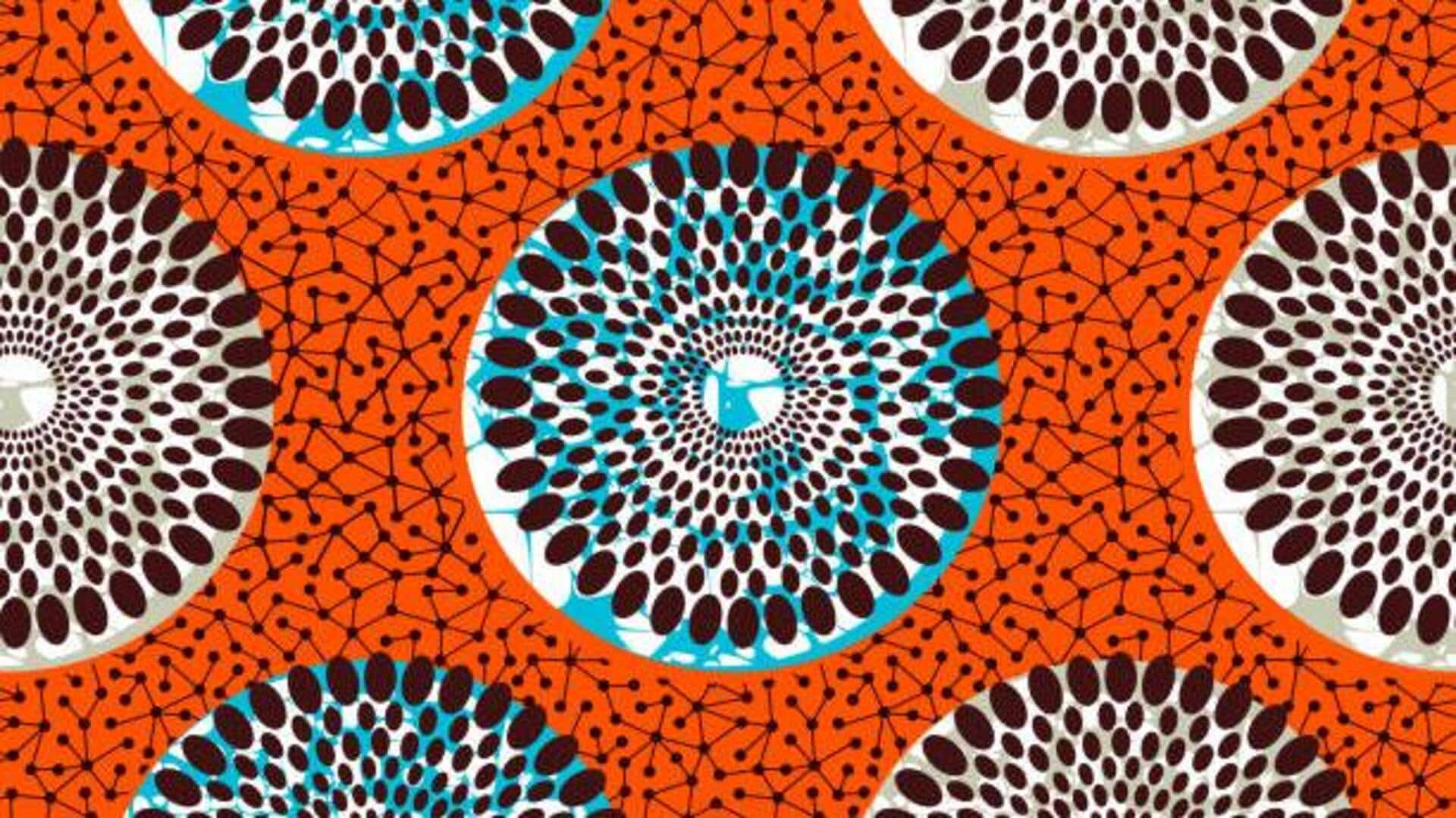
All about Yoruba batik
What's the story
Yoruba batik is a centuries-old traditional textile art form, which is native to the Yoruba people of Nigeria. The art of fabric involves intricate patterns and vibrant colors. The batik making process includes using wax to resist dye on cloth, to create unique designs. This craft is not only a means of artistic expression, but also cultural significance, reflecting stories and traditions passed down generations.
Wax technique
The art of wax resist dyeing
The core technique in Yoruba batik is wax resist dyeing. Artisans apply hot wax on fabric in certain patterns, before immersing the fabric in dye. The areas covered by the wax resist the dye, creating intricate designs once the wax is removed. This technique allows for detailed and complex patterns that are characteristic of Yoruba batik.
Cultural insight
Cultural significance and symbolism
Yoruba batik is steeped in culture, with every pattern telling a story or a message often related to local folklore or important historical moments. These fabrics are central to ceremonies and rituals, serving as visual stories connecting communities to their rich heritage. With these designs, artisans express values, beliefs, and stories central to the Yoruba culture, keeping a beautiful tradition alive.
Historical context
Evolution over time
Over the years, Yoruba batik has grown and yet kept its traditions intact. With modern influences, new techniques and materials have been introduced, broadening the colors and designs on offer today. But even today, the heart of its practice lies in the tradition of storytelling through fabric.
Economic aspect
Economic impact on local communities
The production and sale of Yoruba batik play a major role in boosting local economies. As artisans largely depend on this craft for their livelihood, batiks are sold locally and across borders. The trade fuels community development by creating jobs and keeping cultural heritage alive through craftsmanship.